Taylor Tulip-Close began his career in visual effects in 2004, working on Harry Potter and the Prisoner of Azkaban. Since then, he has contributed to various projects, including X-Men: First Class, Dumbo, Aladdin, and The Wheel of Time.
Laura Roderick boasts more than 10 years of work in post-production.
What is your background?
Taylor Tulip-Close // I started in the Still Photography Dept on Harry Potter 3. Then moved into the VFX Dept, working as a data wrangler and set supervisor for the next 17 odd years.
How did you get involved on this series?
Taylor Tulip-Close // My agent was contacted by Netflix. After a meeting with Netflix execs. I had a call with Raps to talk about the script and his plans for the show.
How was the collaboration with the showrunner and director Rapman?
Taylor Tulip-Close // It was a great experience. Raps is a very collaborative film maker, he has very clear ideas of what he is looking for.
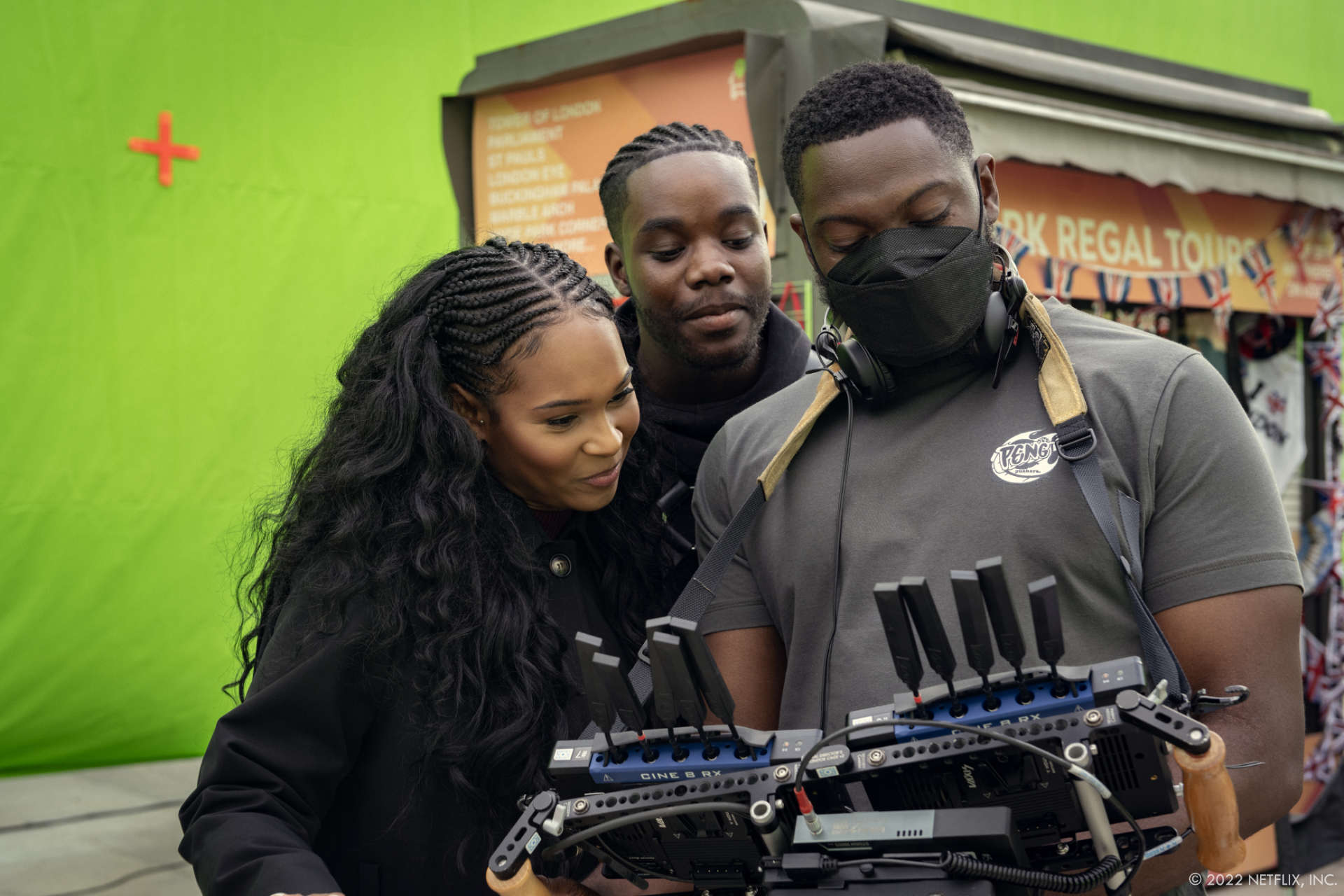
How did you choose the various vendors and split the work amongst them?
Taylor Tulip-Close // We wanted to find vendors who shared our passion for the show as their technical and creative input is so important. We sent out initial bid packs to a few vendors and we came up with a shortlist. Raps and the producers were then involved in making the final decision. We landed on Rumble VFX, Assembly VFX and Ingenuity Studios.
What were the initial inspirations for the visual design of the powers?
Taylor Tulip-Close // We always wanted the powers to feel grounded and not too fantastical. Raps wanted the VFX and powers to complement the story but never distract from what is a character driven series not a spectacle type superhero show.
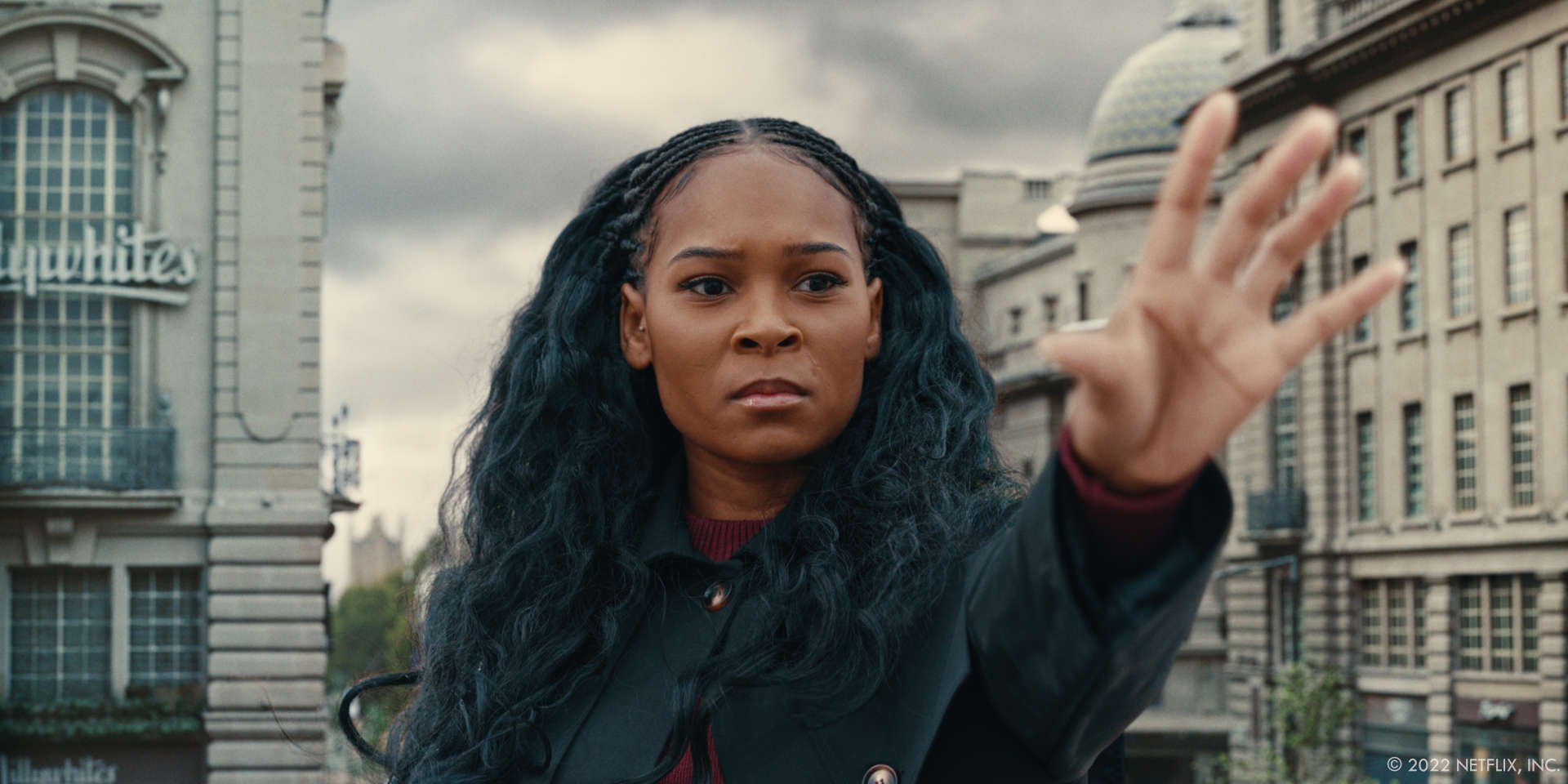
Can you describe the process of developing a unique look for each power?
Taylor Tulip-Close // It all comes back to being able to clearly convey the powers but keep them grounded. Also telling the story that our heroes are learning how to use their powers. For example, at the start of the series, Michael is very unsteady on his feet when he teleports, almost falling over when he arrives after teleporting. A few episodes in he has it dialled in. Similar with Rodney; these little things I think help sell the nature of getting powers suddenly.

How did you ensure that the powers felt consistent within the world of Supacell?
Taylor Tulip-Close // With three different vendors working on the same powers it was tricky. It worked out very well due to the amazing work combined. But I made sure we had a ‘hero’ shot or shots that was finalled early on and we used that as the anchor for every other time the power appears in the show
Were there any specific challenges in animating the powers during action scenes?
Taylor Tulip-Close // The action scenes didn’t pose any real challenges, moreover, it was the change in environments, from day to night, especially when practical fire & atmos was used on set which gave us the most interesting challenges, mostly to do with the Portal and Tazer’s invisibility.
The portal looks so different depending on the environment we are dropping it into, be it day or night. So that took a lot of tweaking to make it feel like the same power.
The same with invisibility, we learnt in post that our “Invis look” looked its best when there was contrasting colours or light behind Tazer. So on some rare occasions we had to manipulate the plate to make the effect look as good as possible.
How did the visual effects team collaborate with the director to integrate powers into the story?
Taylor Tulip-Close // Raps was very open to suggestions and thoughts throughout the creative process, which was great.
During prep we had a lot of meetings to share ideas and mood boards with real world references, to really hone down the powers and their look and parameters.
The editors were also very open to discussion about tweaking shot lengths etc to really aid the VFX . Im a big believer in, we don’t always need to see the Shark or in our case, power. Sometimes just a sound or a hint is enough.
What was the most complex power to design and animate, and why?
Taylor Tulip-Close // I would have to say the Portal and Eyes for sure. There have been so many amazing portals in film and TV in the last few years. I always wanted the portal to feel dangerous. And I loved the idea of how intense the energy from Energy Hunter could tear open space & time. Assembly actually did some rough maths on the energy it would take to open a portal and it worked out to something like the power of 50,000 suns. We started with some initial concept artwork from Assembly, and then passed that over to Rumble and they started look dev on the portal. Once we had a look approved by Raps and the producers, Rumble shared their asset with our other vendors to use in their shots.
It was tough to find something that felt grounded but also eye catching enough to look amazing. And for the eyes, this was such an important part of the story. Raps wanted them to be perfect, while also tying back to the idea that all our heroes had the Sickle Cell gene, which mutates to become Supacell. Rumble did many lookdev versions of the eyes, tweaking the minutiae of detail sometimes – the timing, the intensity of colour, the shape. We all knew they had to be spot on. It was a process, but a very rewarding one.
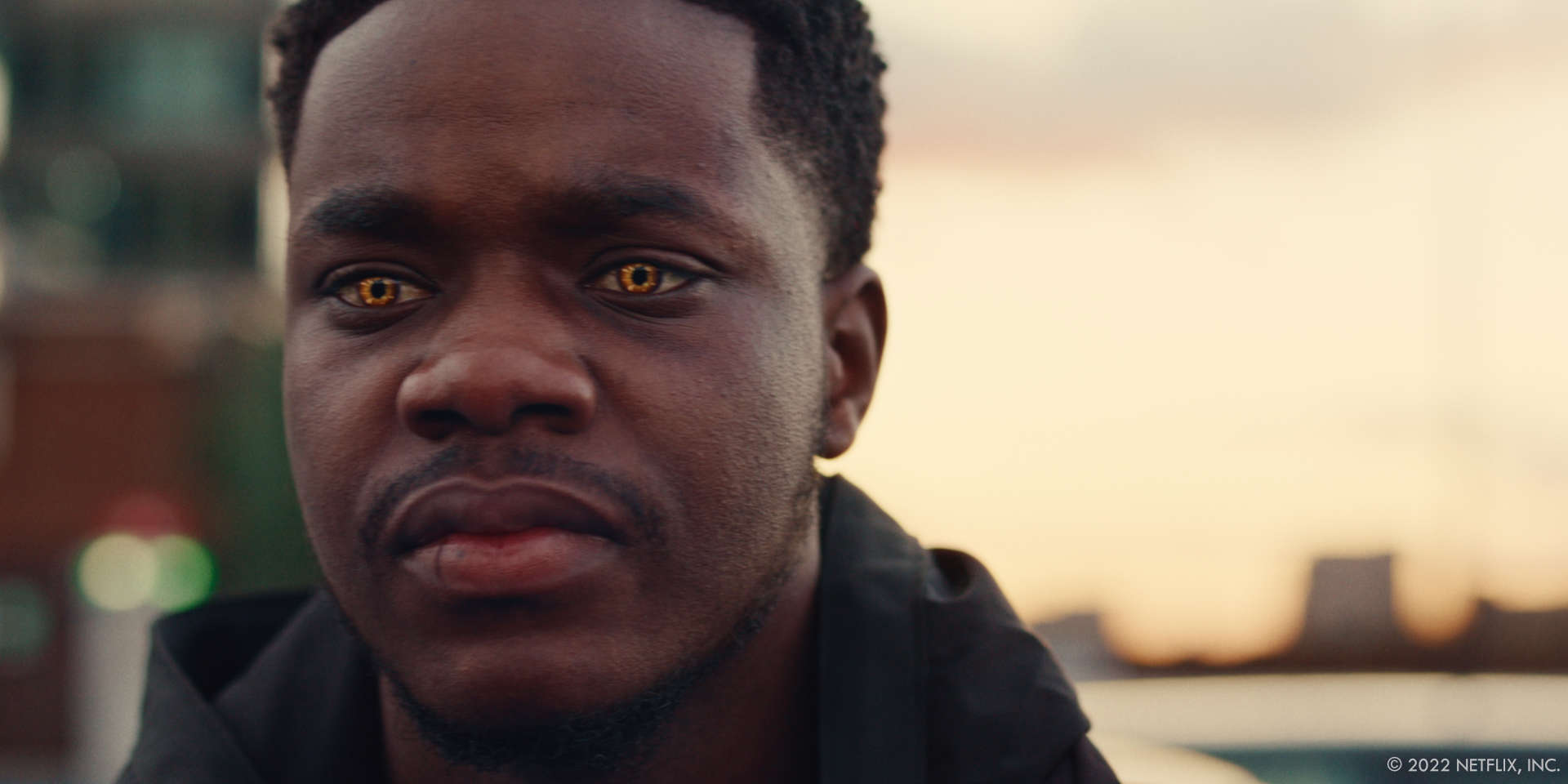
How did you balance realism and fantasy in the depiction of the powers?
Taylor Tulip-Close // It was the fine line we walked with all the powers. We needed them to look visually striking but also subtle in some cases. And that is always a challenge.
What role did color theory play in the design of the powers
Taylor Tulip-Close // It was very important that the powers felt like they belonged in the world. So having colors and tones that complimented the plates was very important.
How were real-world physics considered in the animation of the powers?
Taylor Tulip-Close // We wanted the powers to feel grounded and based in reality. But of course sometimes reality doesn’t translate to screen that well, so we had to find the balance between looking amazing and also being grounded.
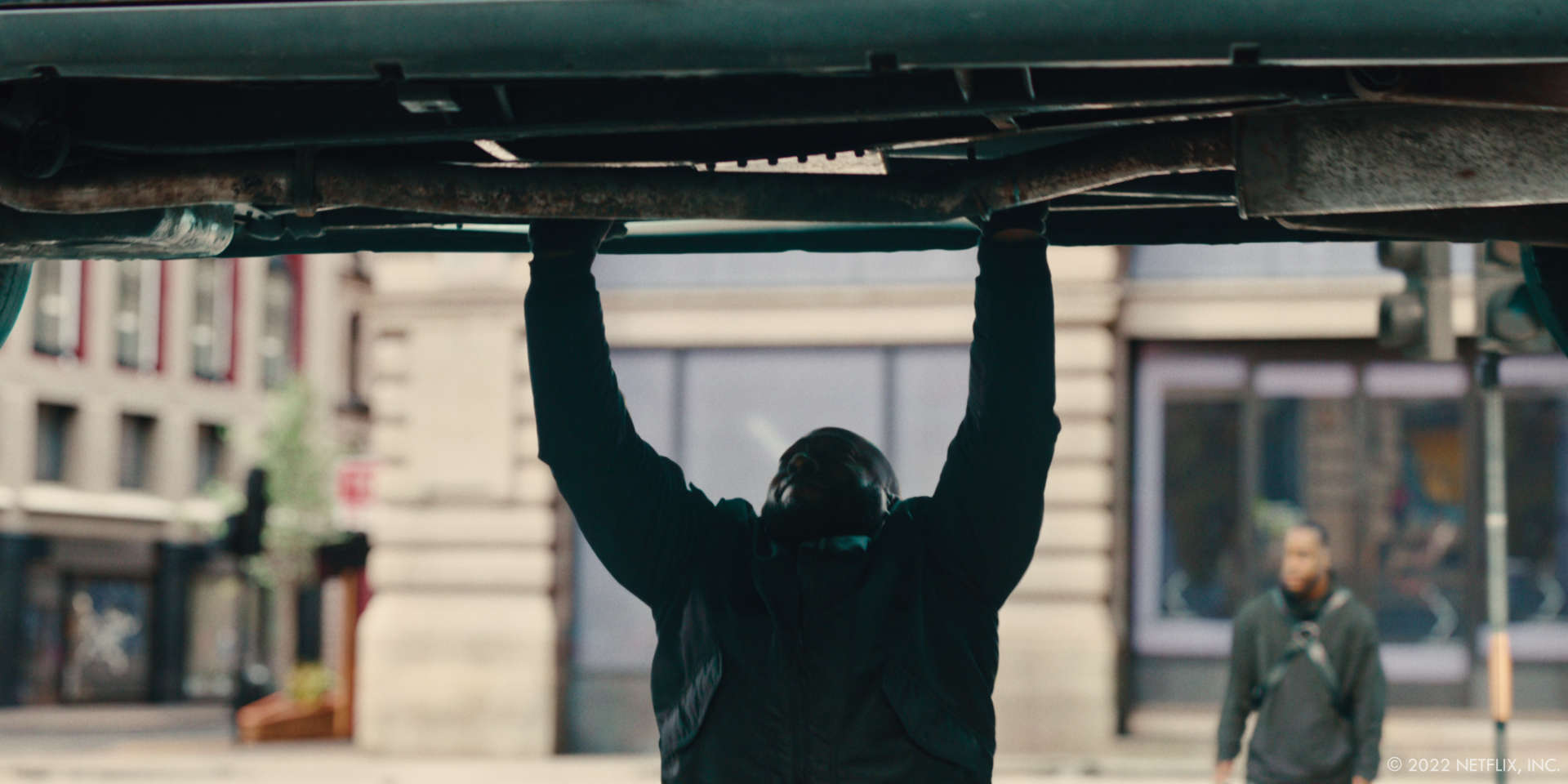
Were there any specific visual references or influences from other media?
Taylor Tulip-Close // Heroes was always a big inspiration for Raps and myself – normal people having powers thrust upon them. Also the Doctor Strange sling ring portal. Chronicle for the telekinesis. Also a lot of videos of Tesla coils.
How did the design of the powers evolve from early concepts to final execution?
Taylor Tulip-Close // We were lucky that the powers mostly stayed very similar from look dev to final. The changes that were made in some cases were to tone down the look of the power so it was less fantasy looking. And also tweaking looks to fit the environment of the shot.

How did you handle any technical limitations during the effects creation process?
Laura Roderick // The only limitations, as quite often, were money & time. This was, in part, the reason we decided to bring on 3 vendors. As a result, we kept quality high and didn’t overload any one vendor.
I would say in addition to this, having a great workflow between post and VFX teams, helped no end. The fantastic teams, we were lucky enough to have, made solutions much easier to find.
Can you share any behind-the-scenes insights or anecdotes from the visual effects team?
Laura Roderick // The one that springs to mind would be hearing ‘Michaeeeeel’ (think Dionne in the finale at A-Town) shouted out across the edit suite rooms. Our fantastic VFX Editor (Michael Freedman) got this the most, whenever one of our team needed him! (So most of the time). Sorry Michael.
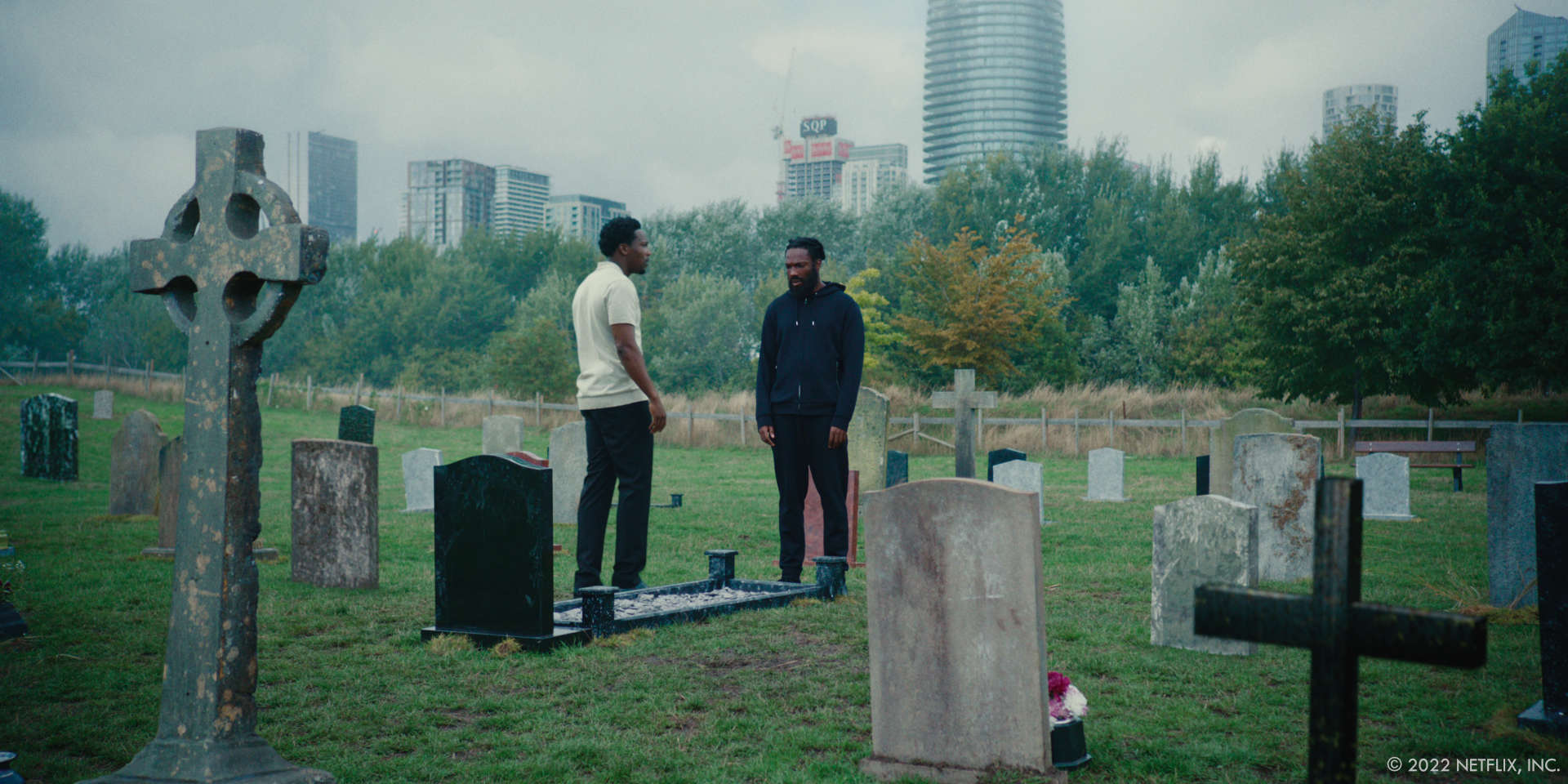
Can you discuss any specific scenes where visual effects were particularly challenging or innovative?
Taylor Tulip-Close // I think super speed is always a tough one. We have seen speed done so well in a lot of shows in the past. We wanted Rodney’s power to be simple and grounded. “What would it look like if a bloke ran down the road at 500+mph” was always the first thought when finalling shots. So environment interaction was a key element for the speedster.
Looking back on the project, what aspects of the visual effects are you most proud of?
Taylor Tulip-Close // The quality of work and the amount of shots we managed to deliver with the budget we had.
Tricky question, what is your favorite shot or sequence?
Taylor Tulip-Close // Ohh thats tough. I’d have to go with a top three:
- I’d say the Piccadilly sequence, this is in the future so our heroes have fully developed powers. This was our chance to go all out in terms of powers.
- When Rodney gets ambushed in the park, the darkness made everything look amazing.
- A town. – this was our only chance to see all of the powers from the heroes and villains in one place.
Also a small one: in A town when Michael freezes time, moves Tazer’s hand and knife away from Andre. There is a drop of blood frozen in time, but as Michael walks through it, it stains his hoody. I love the little touches that 90% of people won’t notice.
How long have you worked on this show?
Taylor Tulip-Close // I started on the show in prep in March ‘22 and delivered the final shot in Jan ‘24.
What’s the VFX shots count?
Taylor Tulip-Close // 915 total in the end.
What is your next project?
Taylor Tulip-Close // Nothing lined up yet. I’m enjoying some time off after Supacell.
What are the four movies that gave you the passion for cinema?
Taylor Tulip-Close // Haha, that’s so hard to just pick four, but Jaws, Jurassic Park, Gladiator and The Dark Knight would be a solid top four for me.
A big thanks for your time.
WANT TO KNOW MORE?
Rumble VFX: Dedicated page about Supacell on Rumble VFX website.
© Vincent Frei – The Art of VFX – 2024




